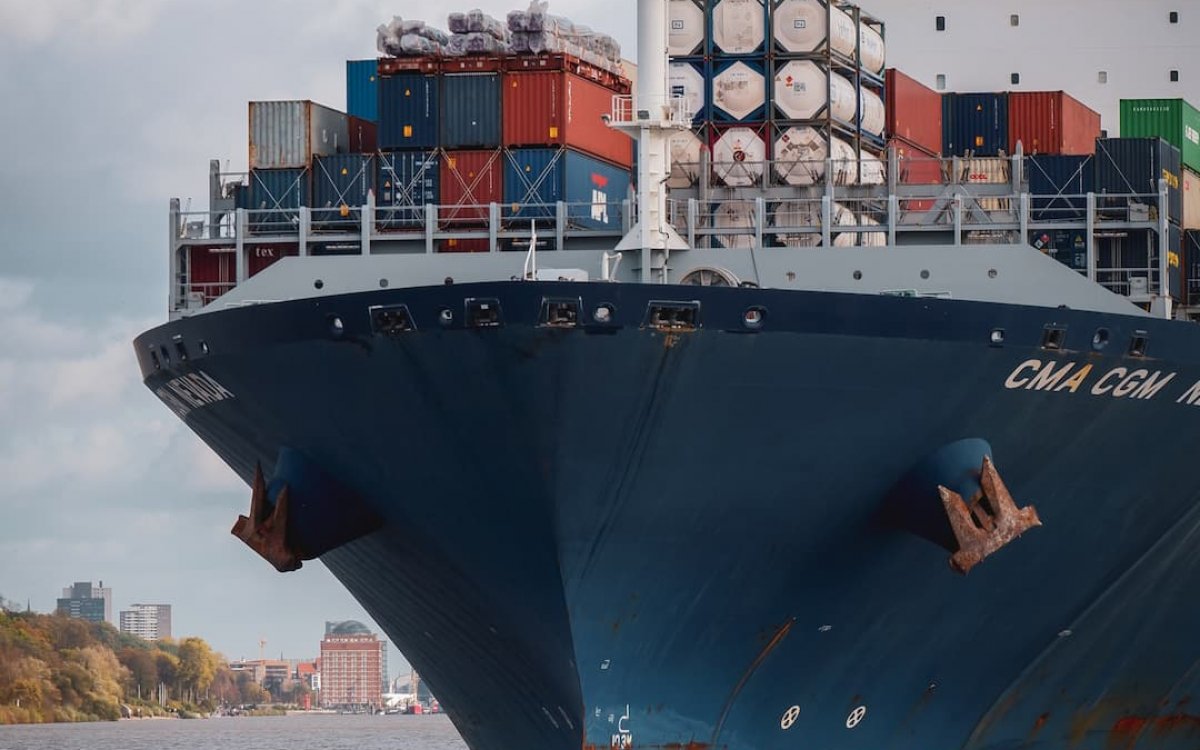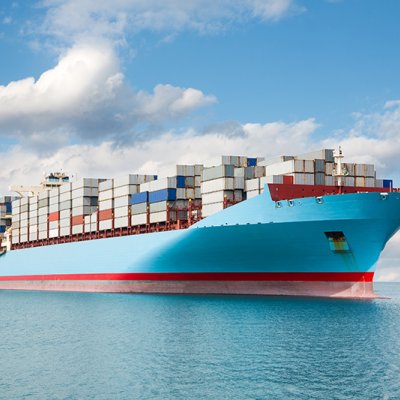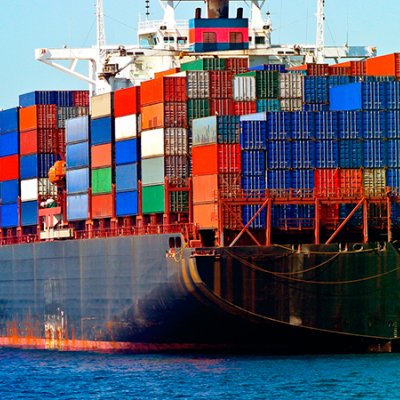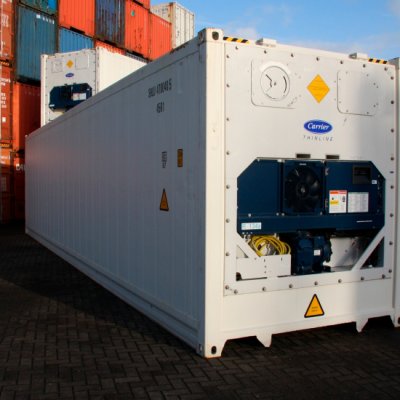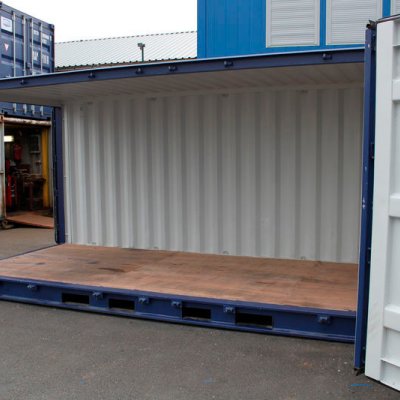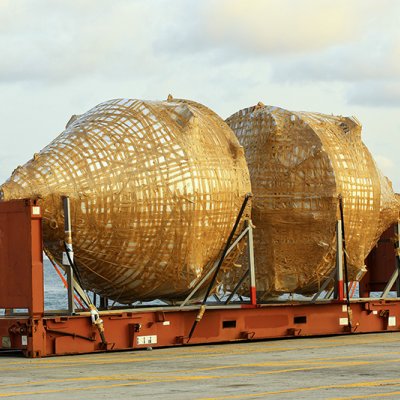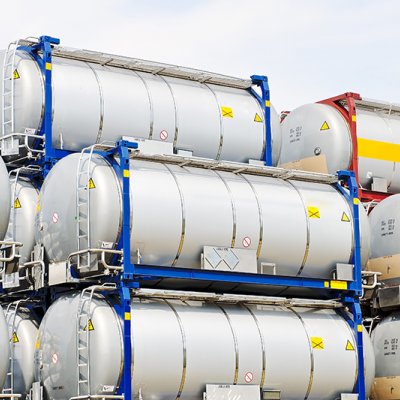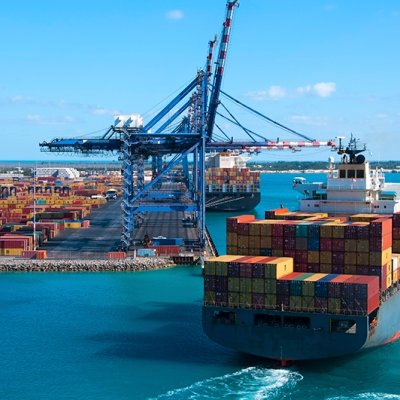Dangerous cargo
Under the concept of dangerous cargo, we can understand the merchandise and cargo that can be dangerous for the health, environment, or security of people. This cargo should be protected and labeled correctly in order to be distinguished from general cargo and get special treatment.
In maritime shipping business, there is code that classifies this type of cargo, called IMDG code (International Maritime Dangerous Goods). There are 9 classes of IMO at IMDG code and they have UN code (united nations number).
UN numbers, UNO identities or UN codes (in English, UN number) are the numerical identification —UN followed by four digits—, by the UN, of chemicals or products with similar properties.
What is the IMO classification for dangerous goods?
IMO merchandise is due to the acronym International Maritime Organization and includes all those products and transportable materials that due to their characteristics represent a risk to the safety and health of people.
IMO classes:
In order for a container to transport IMO goods, it must have a label on all four sides indicating the IMO class and number as detailed below:
Class 1: Explosives. Various goods based on their mass explosion hazard, projection hazard, or fire hazard. Some examples of explosives include bombs, rockets, fuses, fireworks, ammunition, and flares.
Class 2: Gases. Gases in liquid, compressed, or refrigerated form. Depending on their properties, these goods are classified as either asphyxiant, oxidizing, flammable, or toxic gases.
Class 3: Flammable liquids. This classification includes flammable liquids and insensitive liquid explosives. Examples include turpentine, gasoline, paints, and varnishes.
Class 4: Flammable solids.
Class 5: Oxidizing substances and organic peroxides.
Class 6: Toxic substances.
Class 7: Radioactive material. Materials that contain radionuclides, such as uranium, plutonium, and thorium.
Class 8: Corrosive substances. These substances have a destructive effect when they come in contact with other substances, meaning that they are damaging to skin tissue.
Class 9: Miscellaneous dangerous substances and articles. This category includes dangerous substances not included in the other classes, such as dioxins, lithium batteries, dry ice, etc.
To secure a good procedure for booking and quotation of sea transportation of dangerous cargo (IMO) there is requested the following information:
- Information required to quote: IMO Classification and UN number.
- Documents required to book: DGD (Dangerous goods declaration), MSDS (material safety data sheet), and Security file.
